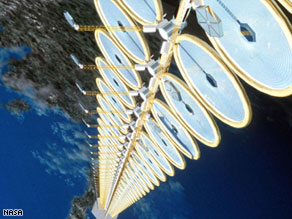Out of our class discussions we mused upon the reasons for why the public loves to highlight the negative aspects of science more so than the positive. I would be forced to play the devil’s advocate in this situation for the simple fact that people react much more strongly to fear than mild curiosity and amazement. Therefore, the general public response to science is delineated from our natural fear of new things or of things which we don’t truly understand. Imagine yourself in the shoes of the first king of China, being presented with a strange device which is famed to tell time. Watching as a small machine moves on its own accord, wouldn't you think it were alive? Wouldn't you be forced to view it as a living thing on the sheer basis that it moves under its own power? And wouldn't the individual responsible for it be framed under the context of being powerful or mystical in a sense that he or she could bring inanimate objects to life? These are the questions raised by Steven Shapin in The Scientific Revolution (pp 37). Viewing scientists as makers of monsters and arcane devices is our response to this fear. Chris Mooney’s article “Anthrax and the Mad Scientist” lights on this subject and pulls upon the ease of which we return to the mad scientist stereotype. He pushes the notion of how scientists are truly undeserving of such stereotypes based on the responsibility they are taking in their practices. For instance, the 1975 Asilomar Conference barred certain types of experimentation and put limits on others. Yet people are quick to take to fear. The anthrax scare threw scientists into that unforgiving light of stereotypes once again by reaffirming how dangerous the knowledge these scientists possess really is.
Here is the link to the article which I have mentioned: http://www.scienceprogress.org/2008/08/anthrax-and-the-mad-scientist/
Works Cited
Mooney, Chris. “Anthrax and the Mad Scientist.” Science Progress. 13 August 2008. 27 September 2008
Shapin, Steven. The Scientific Revolution. Chicago: The University of Chicago press, 1996.
